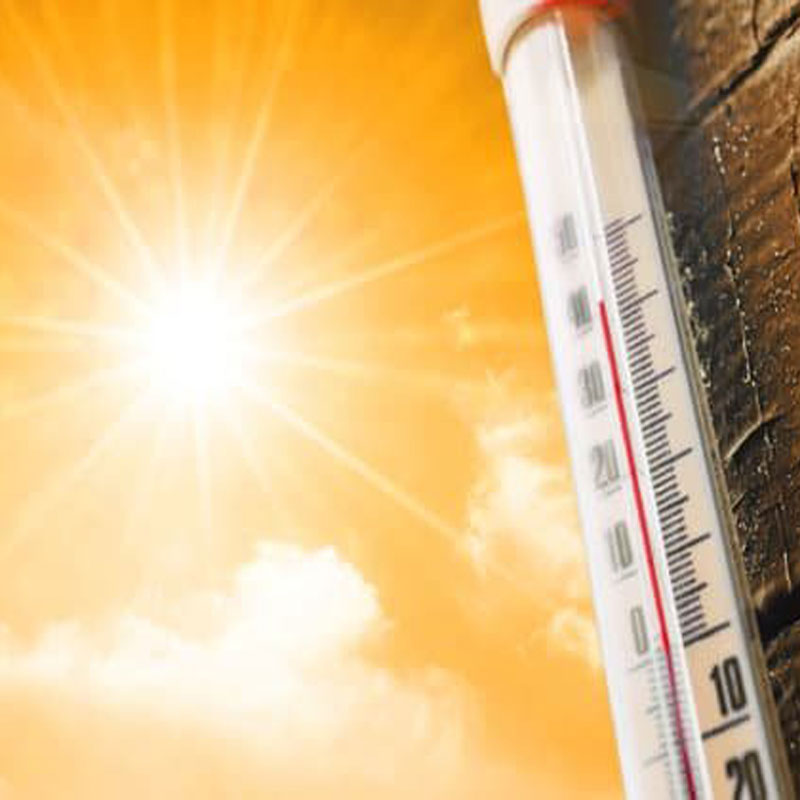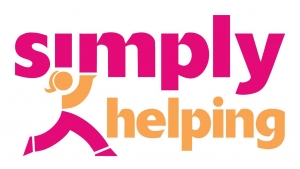Heat – related illness. Know the symptoms and treatment.
As the weather heats up and the thermometer soars, prolonged or intense exposure to hot temperatures may cause heat stress, also known as heat-related illness.
All of us can be affected by heat-related illness. However, the elderly, young children, people with disability, and those taking medications for mental health conditions may be especially vulnerable.
Heat stress occurs when the body is unable to cool itself adequately.
- Some disabilities make it hard to regulate body temperature.
- Babies and older people don’t sweat as much as younger adults, which hinders the body’s heat regulation mechanisms.
- Certain medications can interfere with the body’s ability to stay hydrated and cool itself.
When the body can’t cool down efficiently problems may occur, such as heat rash, heat cramps, heat exhaustion, and heat stroke. These heat-related illnesses are all different so it’s important to recognise the symptoms of each and employ the most effective treatment.
Heat Rash
Heat rash is also known as prickly heat. It occurs when there is a blockage of sweat ducts which causes sweat to divert into nearby tissue.
Symptoms
- Tiny red spots usually in areas of the body where sweat collects, such as armpits, chest, back, groin, and creases behind knees and elbows.
- Prickling sensation and itchiness.
- Mild swelling of the affected area.
Treatment
- Have a cool bath or shower.
- Apply calamine lotion or prickly rash lotions to soothe the area. Speak with your pharmacist.
- Wear light, loose-fitting clothes made of natural fibres such as cotton.
- If the area becomes infected, see your doctor.
Heat Cramps
Heat cramps occur when the body is depleted of salt and water. This may result after strenuous activity in a hot environment. Heat cramps may also be a symptom of heat exhaustion.
Symptoms
- Painful cramps and spasms of the larger muscles in the body.
- Most spasms occur after the significant activity.
Treatment
- Move to a cool place and lie down.
- Take many sips of water.
- Massage limbs to ease spasms.
- Apply cool packs to sore muscles.
Heat Exhaustion
Heat exhaustion is the result of dehydration, or prolonged over-exertion in hot conditions.
Symptoms
- Heavy sweating.
- Fatigue, extreme tiredness.
- Cool, pale, clammy skin.
- Muscle cramps.
- Faint, dizziness.
- Headaches.
- Nausea or vomiting.
Treatment
- Cool down with a cool bath or shower.
- Lie in a cool place.
- Drink cool water.
- Wear light, loose clothing.
Seek medical assistance if there is no improvement within an hour, or if vomiting occurs more than once.
Heat Stoke
Heat stroke happens when the body temperature rises above 40.5 degrees Celsius. Heat stoke is serious and can be life-threatening. Seek medical help immediately. Instant first aid is crucial to lower the body temperature as quickly as possible.
Symptoms
- Red, hot and dry skin.
- Lack of sweating.
- Rapid and strong pulse.
- Shallow breathing.
- Strong headache.
- Dizziness.
- Nausea or vomiting.
- Confusion or altered mental state.
- Loss of consciousness.
Treatment
- Dial 000 and ask for an ambulance.
- Lie down in a cool place.
- Reduce body temperature by sponging or spraying with cool water, or by soaking clothes in cool water.
- Apply cool packs under the armpits, on the groin, or on the back of the neck.
- If unconscious, lay the person on their side and check they can breathe properly.
Heat-related illnesses impact everyone differently. If you are concerned, seek medical assistance immediately.





